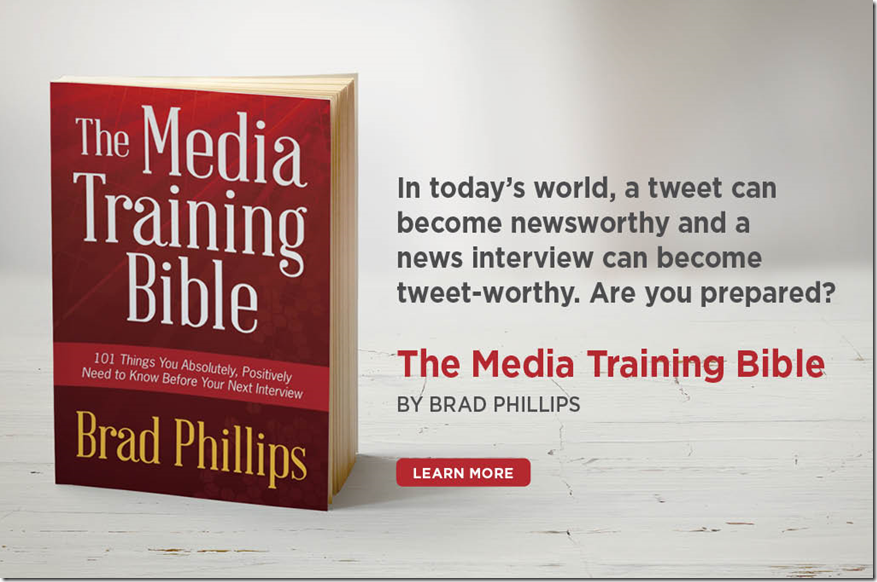A Troubling Trend That Could Impact Every Media Spokesperson
Over the past couple of years, several popular websites have incentivized their writers with a compensation plan that sounds reasonable: If your stories generate more clicks, we’ll pay you more.
But think about the real-world implications of that for a moment. If a writer / aggregator / reporter / blogger (let’s shorten that to the acronym “WARB”) has a direct incentive to generate more clicks, do you think they’re going to go with a straightforward headline or a more sensational one? Do you think they’ll look to exploit inadvertent “mini gaffes” more than they otherwise might?
I want to be careful not to suggest that all WARBs with a financial incentive would sensationalize their reporting. Perhaps the needle of public interest and popularity can be threaded, in some cases, simultaneously. And this overall trend of writing with traffic in mind is far from new. But, even with all of those caveats, it’s yet another troubling trend that makes a spokesperson’s job that much more challenging.
You’ll find a few examples of this trend below. Some of the sites listed in these news articles have since gone defunct, while others may have subsequently altered their revenue models.

Source: The New York Times, 2014
At the beginning of the month, TheStreet.com, a site that covers the stock market, announced it was expanding its platform to include new voices, and that contributors would be paid by the click. A contributor who receives 60,000 page views in a week, for example, would be paid $50.
At the end of February, The Daily Caller, a conservative political site run by Tucker Carlson, said it would begin a hybrid arrangement in which staff writers were paid a base salary plus a traffic incentive.
Source: American Journalism Review, 2014, on Gawker
The program, called “Recruits,” pays participants $5 per 1,000 unique monthly visitors — up to $6,000 maximum per month. If recruits meet certain targets after three months, they’ll be given an offer to stay with the company on a long-term basis.
Forbes, one of the model’s vanguards, still pays its outside contributors based on how many repeat visitors their articles get. In its model, a returning reader is worth more than a reader who clicks a writer’s work once. The company says this encourages contributors to create quality content over one-off hits.
Source: Columbia Journalism Review, 2015
Slant pays its writers $100 per month, plus $5 for every 500 clicks, for three pieces a week.

Writer Ernest Owens, who was quoted in the Columbia Journalism Review article, expressed one big concern with offering financial incentives to reporters who drive traffic: “It’s my job to tell a story. Any time you’re giving people an incentive for telling a story, then you’re automatically compromising the motive, the drive, and the intention behind telling it.”
Even worse, it gives even less incentive to WARBs to cover the stories they should—the stories that serve the public interest that need to be told but are unlikely to attract a large audience.
What does this mean for you, a spokesperson who interacts with WARBs? First, it means that you have to do the things you always have as a good spokesperson: analyzing the reporter’s previous work before agreeing to an interview, preparing thoughtful messages, anticipating challenging questions, participating in media training, etc.
But it also means that your margin for error may be even smaller than ever before, as your imperfectly phrased response could become the headline that generates a lot of clicks—and puts a few more bucks in the WARB’s pocket.
Our free resources page can help you nail your next interview.



